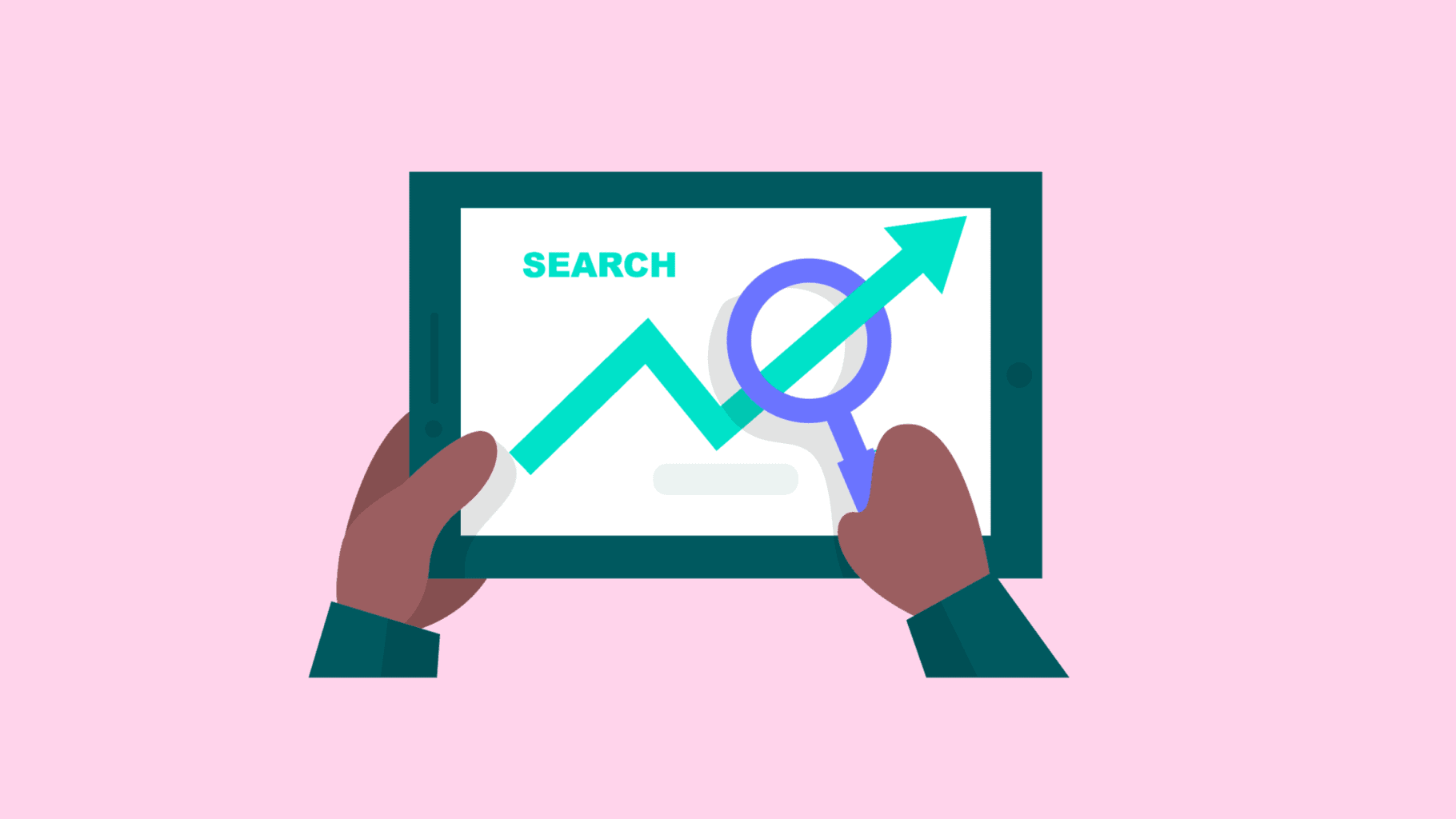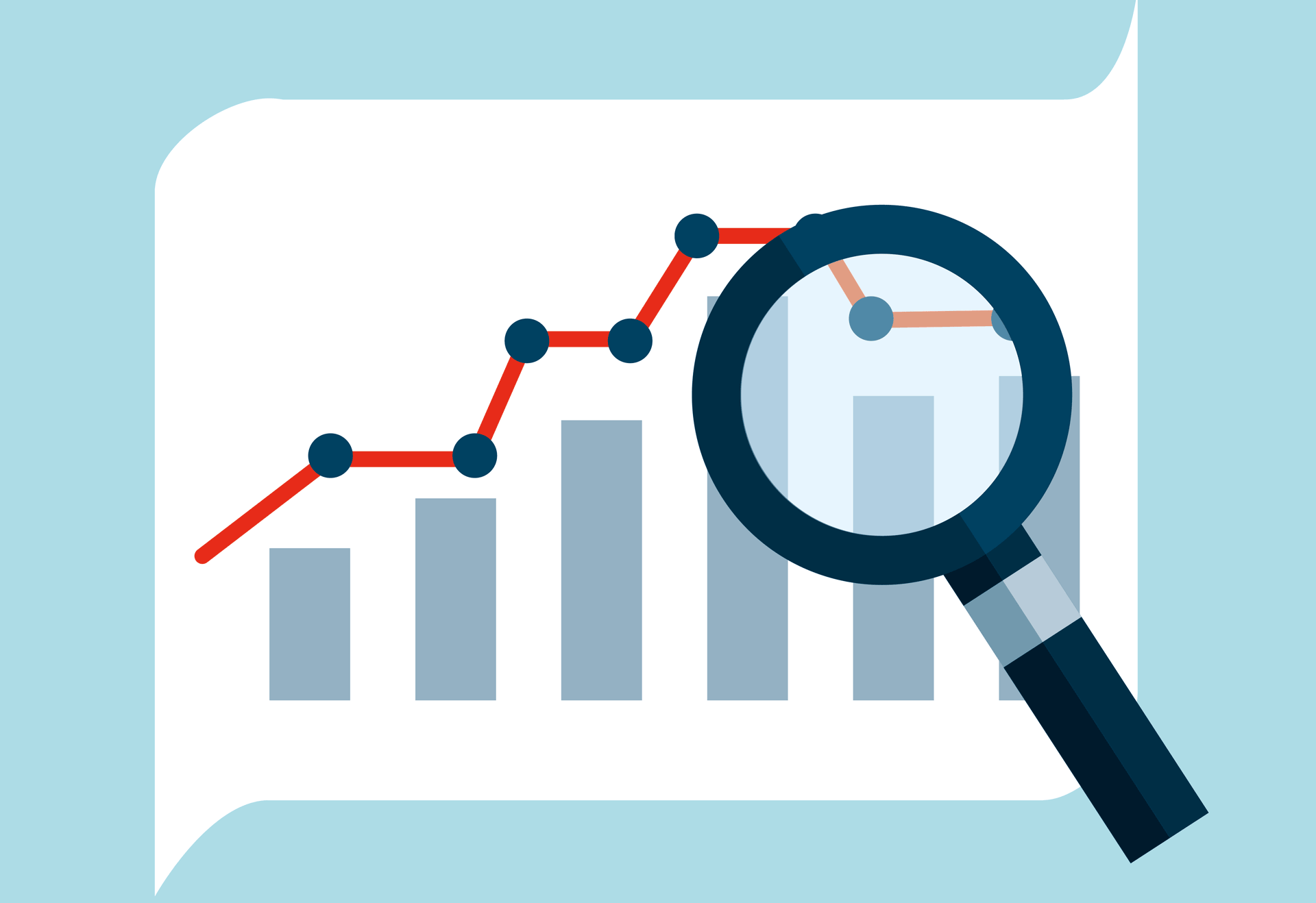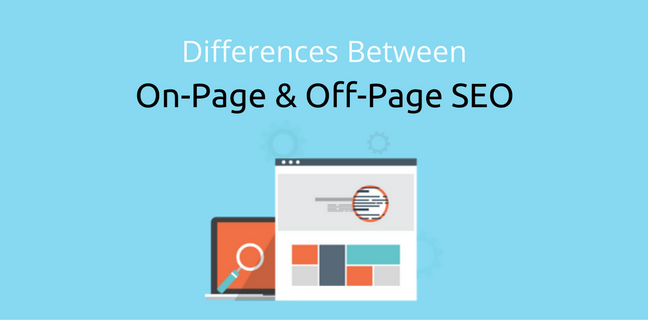When it comes to fully optimizing your website, there can be a laundry list of things you can do. Above and beyond the biggest factors like title tags, h1 tags, and fresh, unique content (after all, content is king) there are a slew of smaller things that when combined together can really pack a punch. If I described everything you could do in detail, this post would be several pages long and by the end you would be nodding off. So in the interest of brevity and keeping you conscious, I’ll highlight a few of my favorite tactics.

( Image Source: softwebsolutions )
Internal linking. I am sure you are familiar with the major SEO benefits that external links provide. You have probably felt that surge of pride upon discovering that someone has linked to your site. Similarly, linking internally can also provide some benefit. The best thing about internal links is that you have control over what keyword rich anchor text you want to lead to certain landing pages. So the next time you are providing your readers with a link to another page on your site, make sure you’re actually using relevant keywords to maximize the benefit. Don’t throw away this easy chance to improve your ranking by using phrases like “click here” or “check this out”.
Nofollow links. Since we are on the topic of links, let’s talk a little about the rel= ‘nofollow’ attribute. In order to preserve all the link value that your site has built up and that you have worked so hard to attain, it is a common SEO tactic to nofollow links to pages that are not relevant to your site or links that lead to your shopping cart or login page. Basically, it’s just a snippet of code that you apply to the HTML that tells the spiders not to follow that link. This is also important because one of the ways search engines interpret sites is by collecting and attempting to categorize outbound links. If there are many unrelated links on a site, engines may have trouble understanding the content and purpose of that site. However, it should be said that rel=nofollow can be a blessing and a curse. If used incorrectly and too often, you start crossing the line into “PageRank sculpting” which is not recommended.
Alt_attributes. If you have a lot of photos or videos on your site, you might as well optimize those too, right? Alt attributes are small snippets of text that describes the images or videos on a page. They are not only useful for people, but for search engines as well because it’s informs the robots what the image represents. When an image is used as a link, the alt tag serves as the anchor text used when giving weight to the linked page and can let either a human or robot know what the photo is about when it doesn’t load properly on the site.
So there you have it, as promised, a few small and easy changes you can make to improve your SEO. The big things are definitely important, but remember that the devil is in the details. The combination of these smaller tactics can reap significant benefits for your site and should not be overlooked.
Lindsay Atkinson is an SEO analyst for a Chicago internet marketing firm called Digital Third Coast. Besides devoting her days to optimizing websites, Lindsay also spends time volunteering in her community and occasionally dabbling in woodworking.







